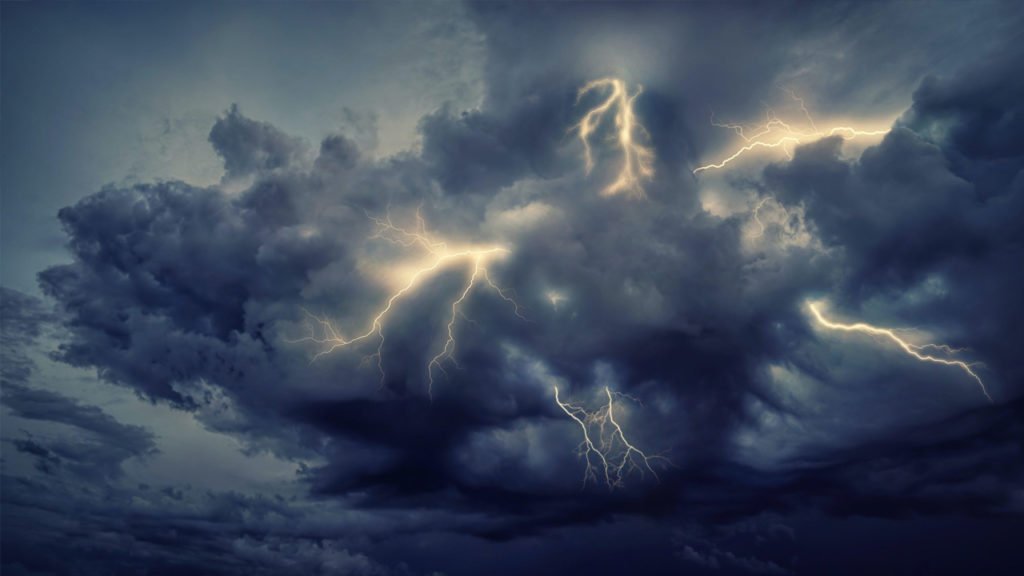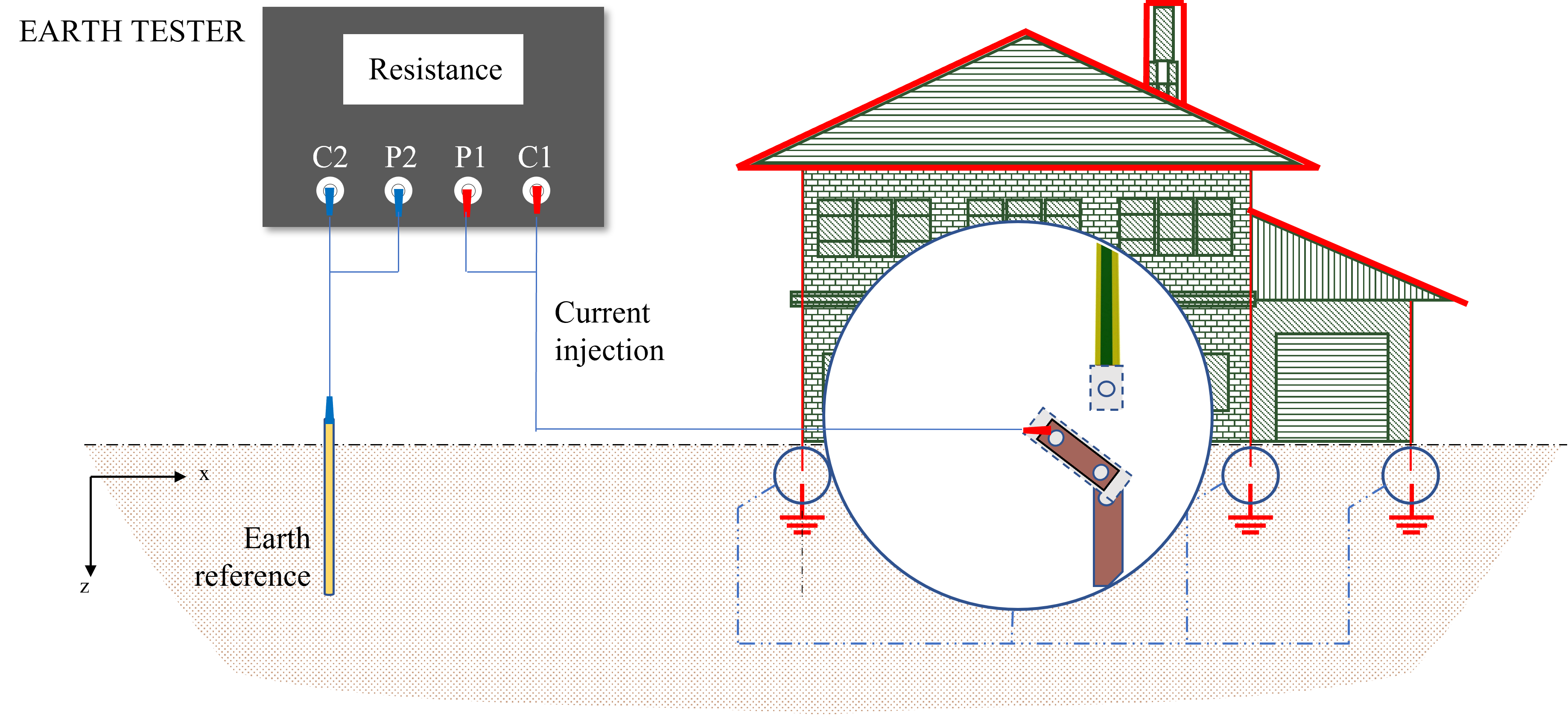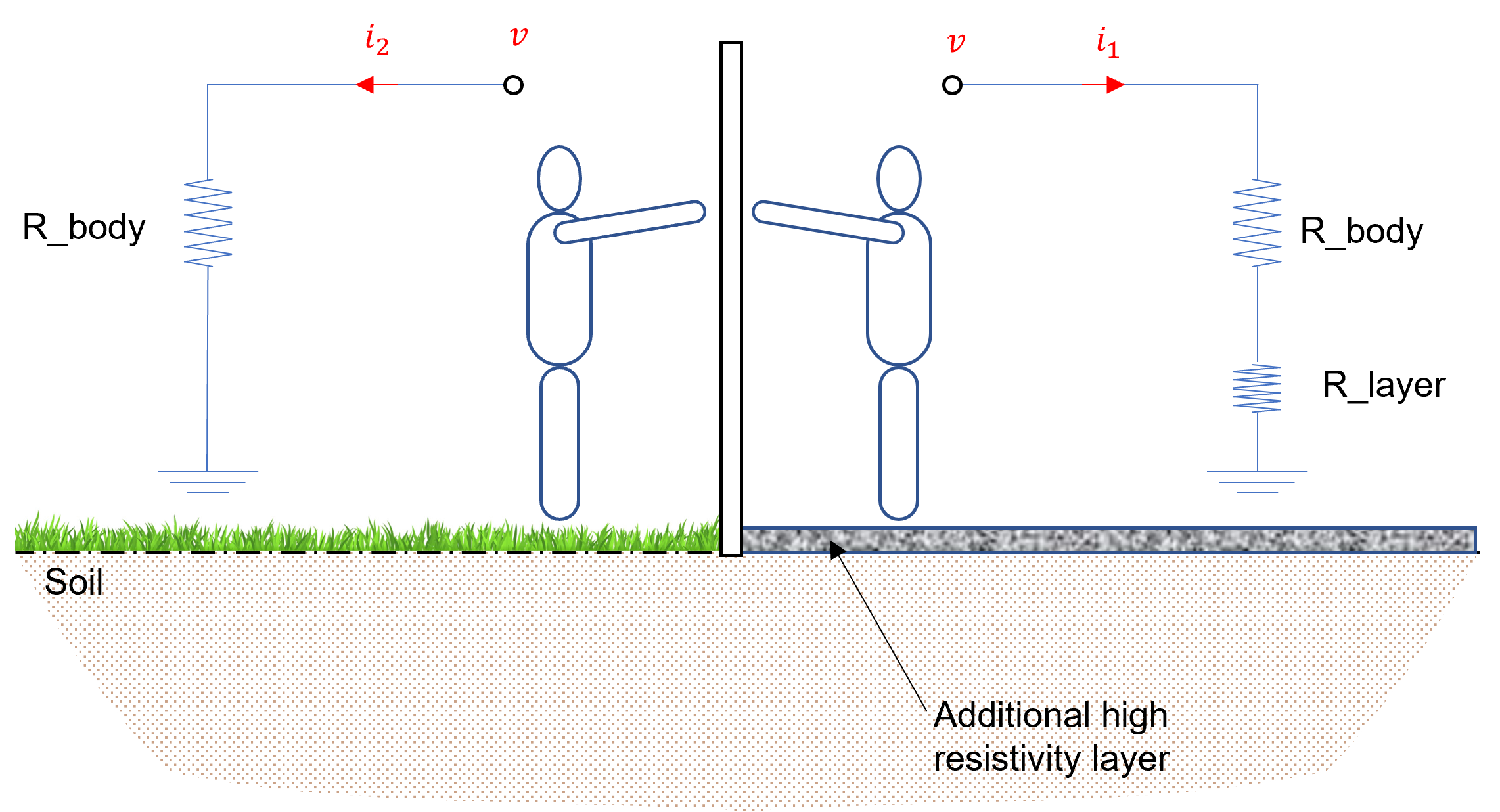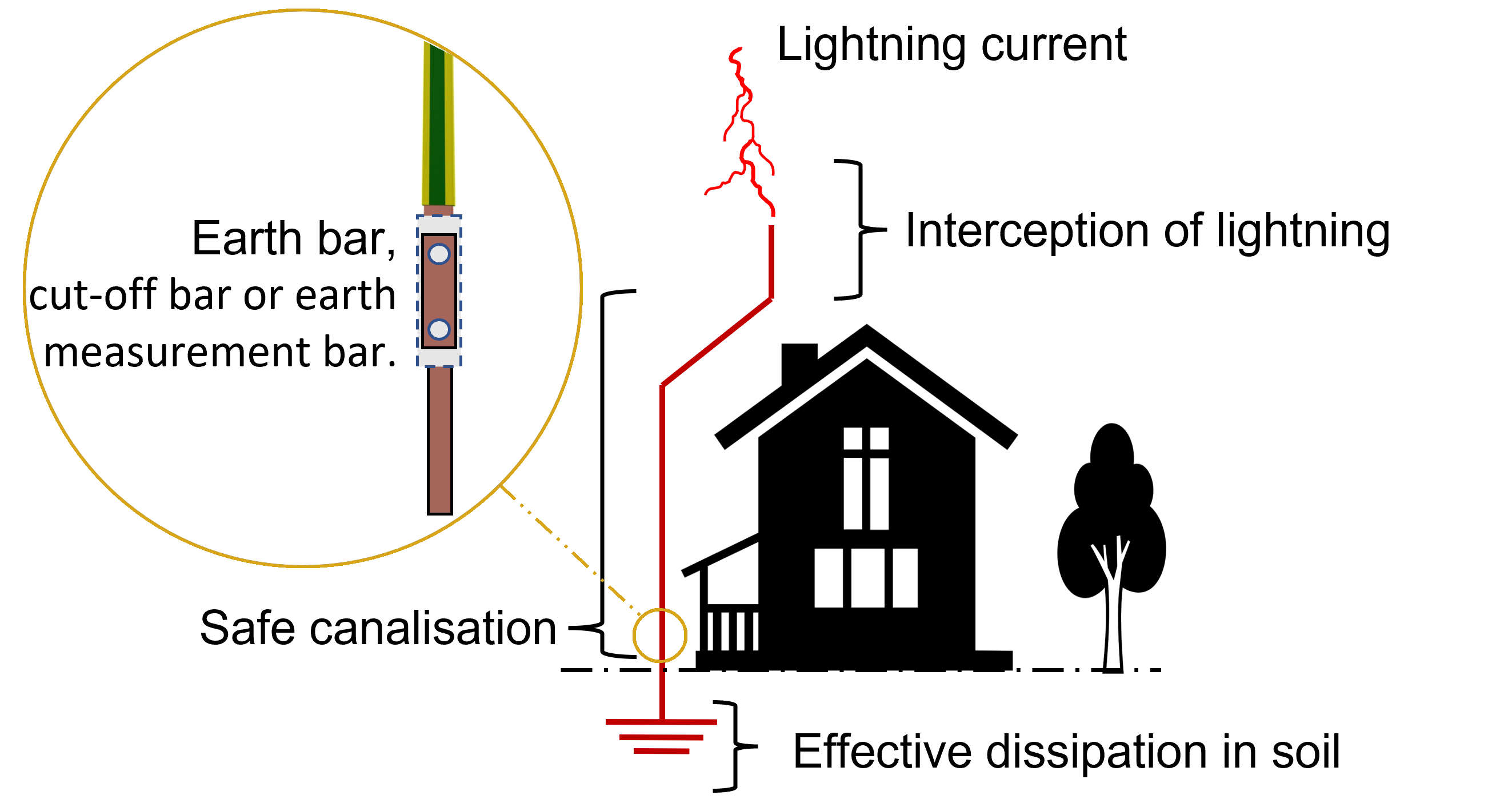We frequently ask ourselves:
“Is Surge Protection Important?”
“If my building has structural protection, is there a need Surge Protection?”
“Are there standards relating to the installation of Surge Protection?”
The article below answers these significant questions.
“Why is Surge Protection important?”
Today we live in a world that is highly dependent upon the continuous and reliable operation of electronic systems. In-fact, we take it for granted that they will always work when we need them, but for this to happen reliably, our systems need to be robustly designed.Kingsmill Industries lightning
A building or structure is relatively a small target for lightning to hit, but our homes, offices, factories, hospitals, 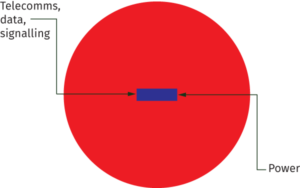 airports, etc. are all inter-connected by a web of metallic conductors from which we get our power and data.
airports, etc. are all inter-connected by a web of metallic conductors from which we get our power and data.
Increasingly, the components within our electronic systems are much smaller than before and therefore more susceptible to damages, especially from those caused by lightning. With that said, let’s think about how prevalent our electronics are in our homes and places of work. Due to our dependency on our electronics, protection is a priority.
Let us explain simply the way the damage is done: our electronic components can withstand up to 1500V (source EN 60664-1). A lightning induced transient is capable of transmitting up to 6000V into these electronics, so imagine the risk our electronics are at in the face of lightning.
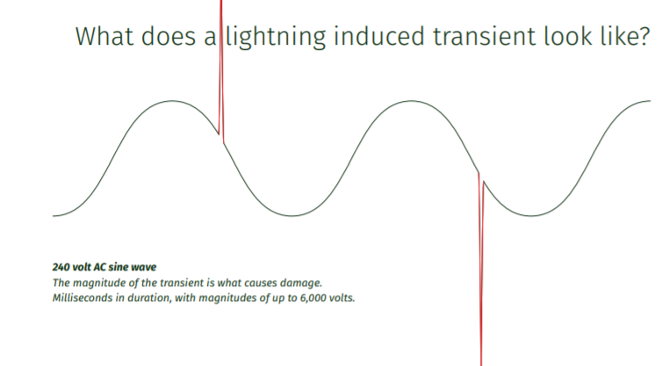
Introducing the role of a Surge Protection Device, commonly known as an SPD.
It is important that the surge protection device not only withstands at least a 6,000V transient over-voltage but also only “lets through” a maximum of 1,500V. This will prevent damages to the electronic systems downstream of the SPD.
It is a CONSEQUENTIAL LOSS to not have access to the service provided by the electronic system/equipment. That is the most costly aspect, and it often far outweighs the replacement cost of the hardware. So, let’s dig deeper into this meaning of “consequential loss?”Consequential loss
 Down-time –Factories can’t process orders, we are at the petrol station, but we can’t fill up our cars, the computer systems at that bank won’t turn on, etc. The economic loss here is the loss of revenue. In our homes, the Smart Fridge and TV aren’t working (the food is ruined and even worse – there is no TV to watch!), the kids can’t get their homework done… As you see it all results in domestic disharmony.
Down-time –Factories can’t process orders, we are at the petrol station, but we can’t fill up our cars, the computer systems at that bank won’t turn on, etc. The economic loss here is the loss of revenue. In our homes, the Smart Fridge and TV aren’t working (the food is ruined and even worse – there is no TV to watch!), the kids can’t get their homework done… As you see it all results in domestic disharmony.
Now that we’ve established the role and the importance of why surge protection devices are important, let’s address the essentials questions…
If my building has structural protection, do I need Surge Protection?
Where Structural Lightning Protection is required (these are the metallic conductors that you see on the external walls of buildings), Type 1 Surge Protection Devices (SPDs) are also required for metallic electrical services. A Type 1 SPD is essential as the standard assumes that when lightning strikes a building (200kA current), 50% of the lightning current (100kA) will flow through the buildings lightning protection conductors and the other 50% through any connected, metallic services, i.e. power lines, data lines, gas & water pipes .
Further information is available in the Standard relating to the design of Lightning Protection Systems – BS:EN 62305, but to keep things clear, the answer is YES.
If your building has structural lightning protection fitted, we recommend to have at least a Type 1 Surge Protector fitted where power cables enter and exit the building. Why exit points too? – because cables supplying outdoor lighting, gates, small buildings can be a source of entry for transient over -voltages.
Another way to think about it. You went ahead and protected the building itself from a direct lightning strike with a faraday cage, but there are still holes in the cage where lightning induced transients can enter. Surge protection devices “plug in those holes” and create further protection.
Are there standards relating to the installation of Surge Protection?
Let’s look at the documents available to us. The BS:EN 62305 series of documents outline the methodology for both calculating “the risk of damage” and “how to set about designing a protection system”
- BS:EN 62305-1 General Principles
- BS:EN 62305-2 Risk Management
- BS:EN 62305-3 Physical Damage to Structures and Life Hazzard
- BS:EN 62305-4 Electrical and Electronic Systems within Structures
The first step in designing any lightning protection system in accordance with BS:EN 62305 is to carry out a risk assessment. A risk assessment brings into play data concerning the type of structure, local lightning frequency, purpose of the building, number of occupants, cultural heritage, purpose of the building/installation, etc. The assessment also takes into account the types of damages that can arise from a lightning strike, as well as the potential consequential losses.
Things to keep in mind when completing an assessment:
- The same applies as before in regards to Structural Lightning Protection based off the Standard. In other words, a Type 1 SPD is required as 50% of the lightning current will flow through any connected metallic services, so it is imperative to stop this current flowing into the building.
- In circumstances that does not require Structural Lightning Protection but there is still a risk of damage from Indirect Lightning Activity, (remember transients can still flow into the building as close as 1 km away) then a Type 1 SPD is required if overhead power lines are connected directly to the building. Yet, if the power supplied is through buried or underground cables, then a Type 2 SPD is required along with a Type 1.
Wherever a Type 1 device is required, a Type 2 device needs to be installed in close proximity. Kingsmill Industries offers Combined Type 1 & 2 Surge Protection Devices combining the benefits of fast acting switching and voltage limiting components (GDT’s and varistors)
Once the Risk Assessment is complete, we need to properly select the appropriate SPD and determine its location for installation.
For the purpose of this article, let us concentrate on the application of the “mains power”. We receive the mains power (electricity) through a main fuse and electricity meter which are both properties of the power utility (we are not allowed to place protectors here). After, we look for the main distribution board, in the case of a consumer unit, which houses the breakers that protect our wiring installation and ourselves from an electric shock. In larger installations, we look for sub-distribution boards.
Before selecting the SPD part number we need to have the following information:
- The Risk Assessment which provides the Lightning Protection Level (LPL) and the Class of Lightning Protection System (LPS), expressed as I, II, III and IV.
- The earthing system of our power supply, whether it is TN-C; TN-S; TN-C-S or TT, which is determined by the authority supplying power to the installation.
- Location of the protector determined from either a “drawing review” or a “site survey”. We highly recommend the latter since installations can vary from the original “as built drawings” over time. The location of the protector within the building is important on the deciding factor of the type of SPD that will be used in the unit.
Service Entrance Protection/Equipotential Bonding
For Service Entry Points (the location where power enters the building), Main Distribution Boards (MDB), and Consumer Units, we recommend using our Type 1 & 2 device (KM1+2-25 series). The kA rating is determined by the Lightning Protection Level or Class of LPS.

Surge Protection Selection Kingsmill Industries
At points where power from a distribution board supplies outside services, such as lighting, gates, or power to a secondary building, then the above still applies.
Lightning seeks a route to Earth, so in these locations, the surge protection device is connected in Common Mode, or “KM…..+ 0” in our part number.
Internal Protection
It is important to take into account that “internal protection” might be required. Reasons include:
The “let through” voltage of the service entrance – Equipotential bonding or up-stream SPD (1,500V) can be magnified due to the length of cable between distribution boards or connected equipment.
Transients can also be created by “internal switching events” – the switching on and off of large inductive loads such as banks of lighting, electrical drives and so forth. Of course, if protection from switching is the main concern, then the SPD is connected in differential mode or KM…+1 in our part number references.
We place our Internal SPD’s at sub-distribution boards , isolators (supplying specific equipment) and at switch socket locations.
To determine the location of these devices in the building, it is important to apply the “protective distance” afforded by such units. Below, we describe the rules for application:
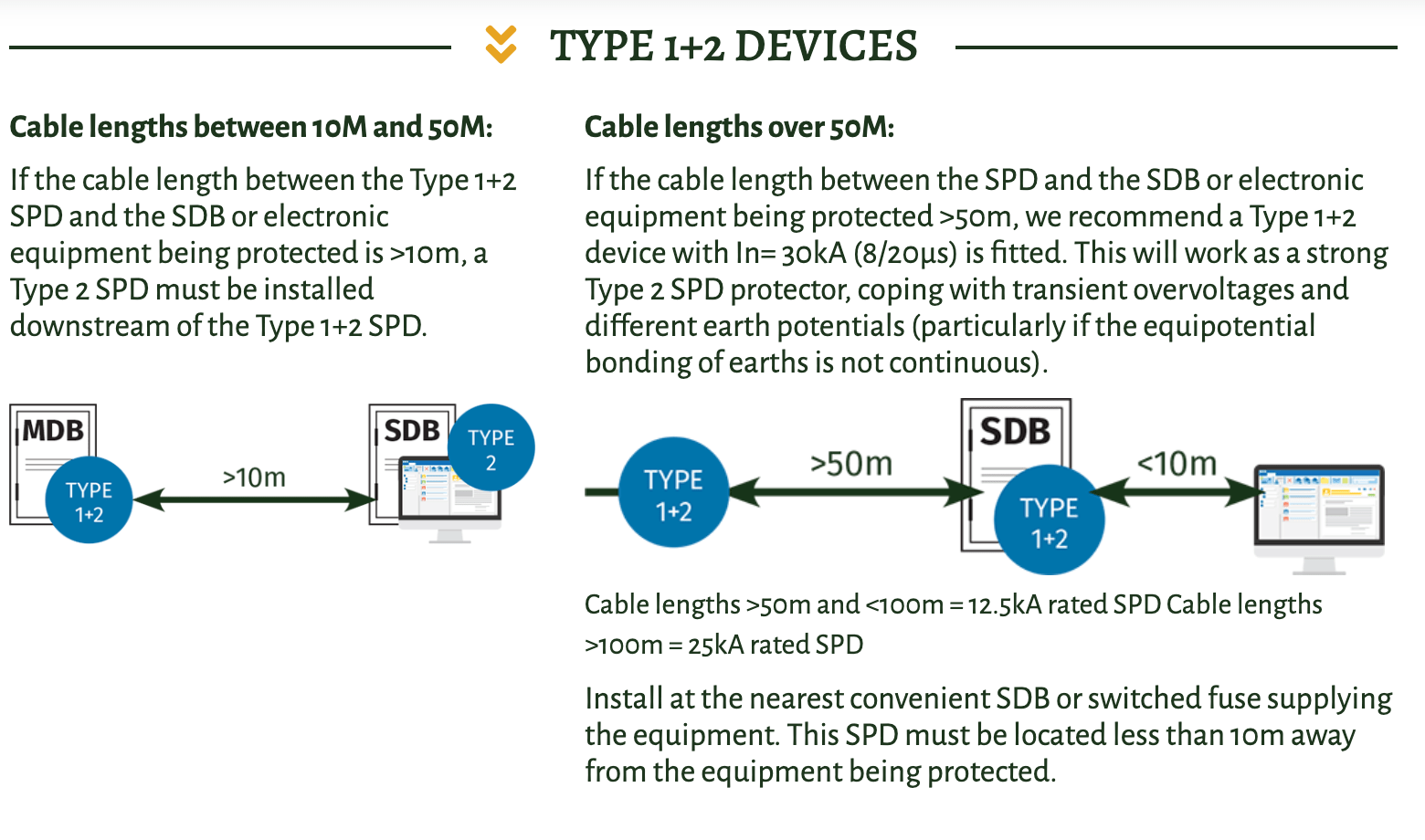


Type 1 + Type 2 Surge Protection Device Kingsmill Industries
Type 2 Surge Protection Device Kingsmill IndustriesType 3 Surge Protection Device Kingsmill Industries
We aim to make life easier for our engineers with the installation process. To facilitate, we have two easy-to-use product selection charts that take the above into account, and lead you directly to the correct Kingsmill Industries’ product.
You can find these charts in our main product catalogue https://bit.ly/KingsmillCatalogue or on our website at www.kingsmillindustries.com.
The tables are also available below:
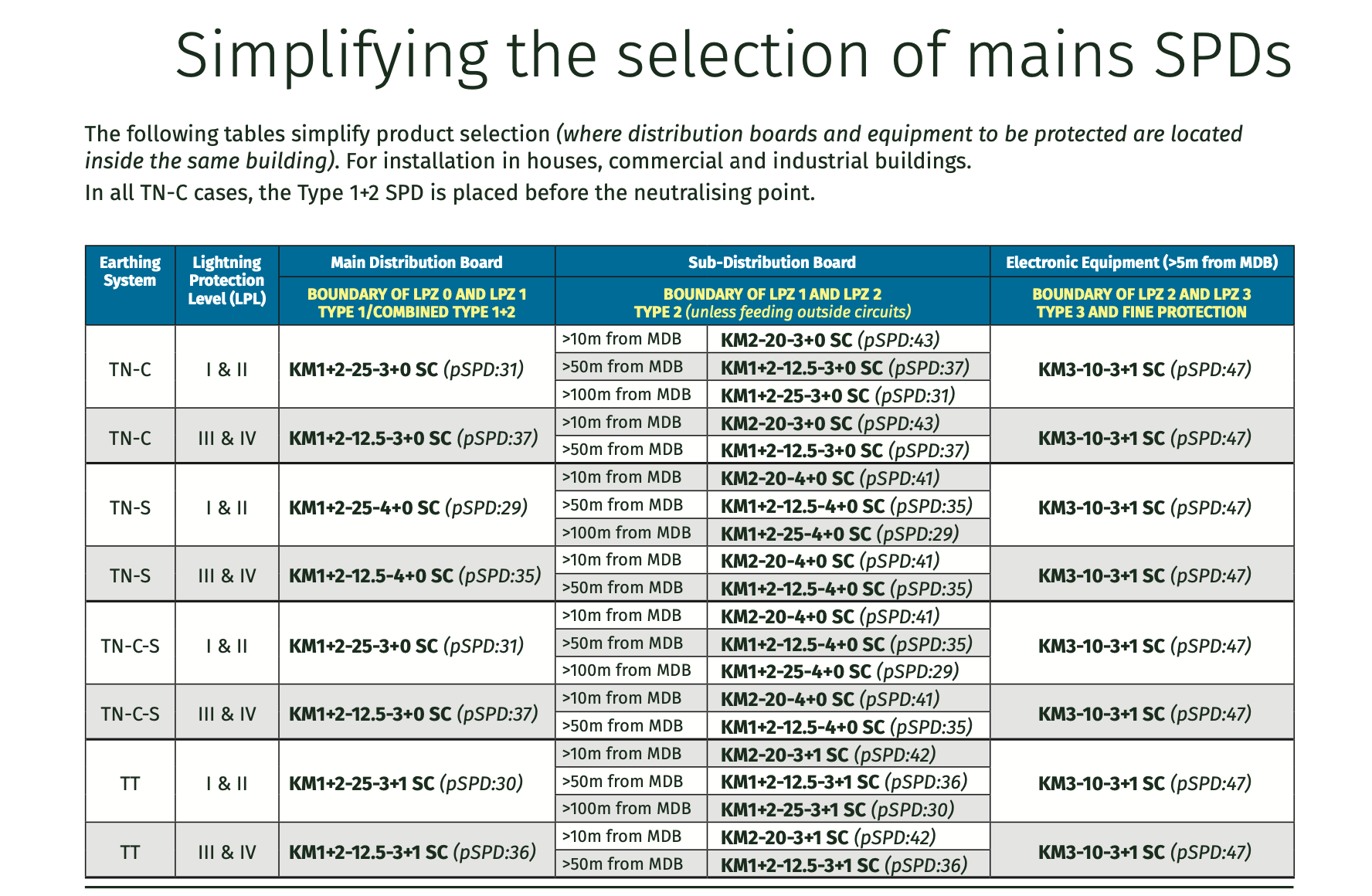
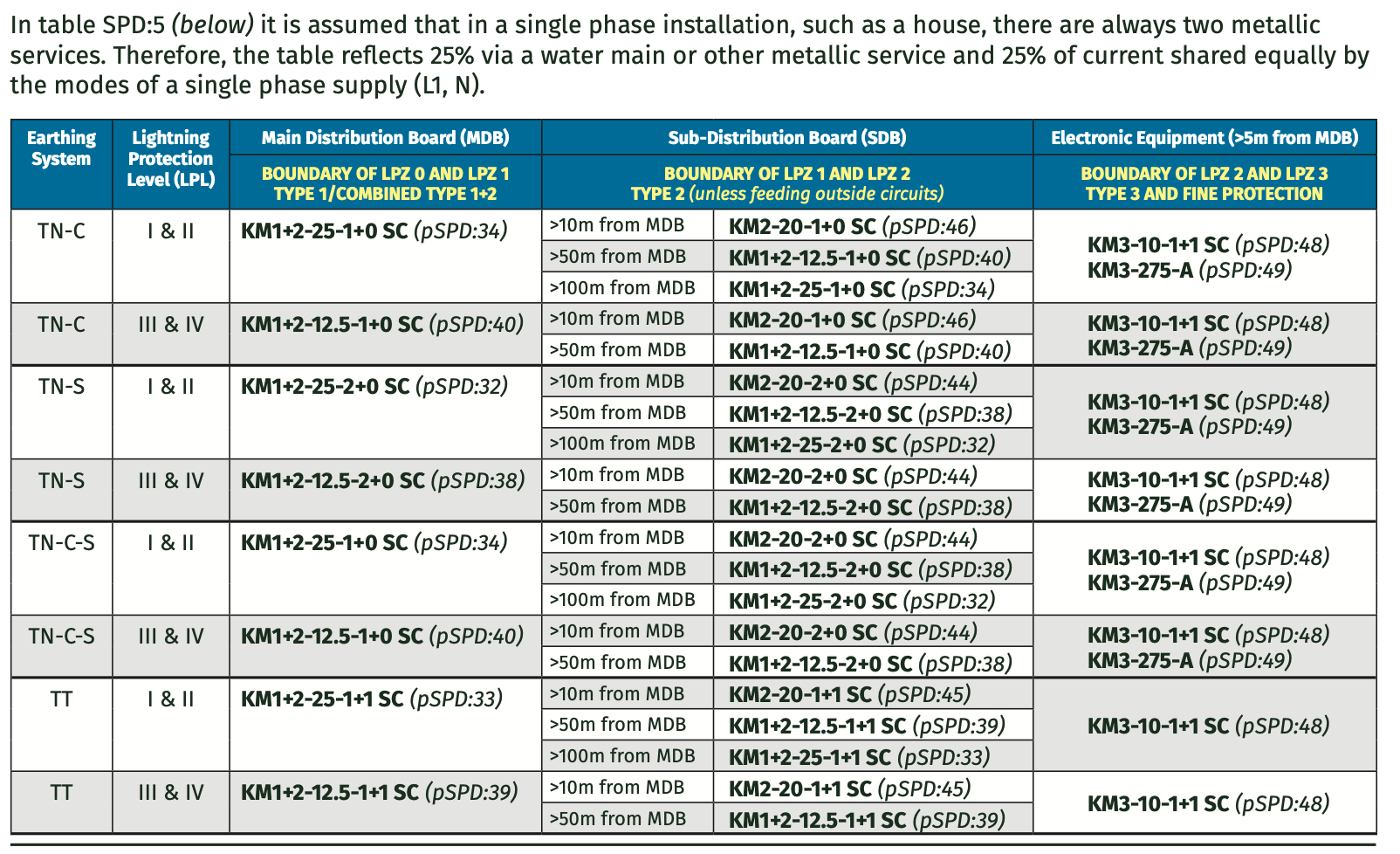
In a similar way, it is also important to protect any data/telephone lines entering the building.
We offer a range of devices for:
- Telephone lines
- Coaxial lines – CATV, antennas
- Instrumentation, control and signaling lines
Our other offers include products for specific applications such as:
- Photovoltaic (PV) systems
- LED street and industrial lighting
- Electric Vehicle Charging Stations
Stuck and need advice?
Further information is available in the Standard relating to the design of Lightning Protection Systems – BS:EN 62305, but to keep things clear, the answer is YES.
Check all products related to surge protection that kingsmill offers. Also, if you’re confused about which device to get, make sure to use our surge protection selection tool.
For any further questions, please don’t hesitate to reach out to us at [email protected]. Or contact us through our website to submit a query.

